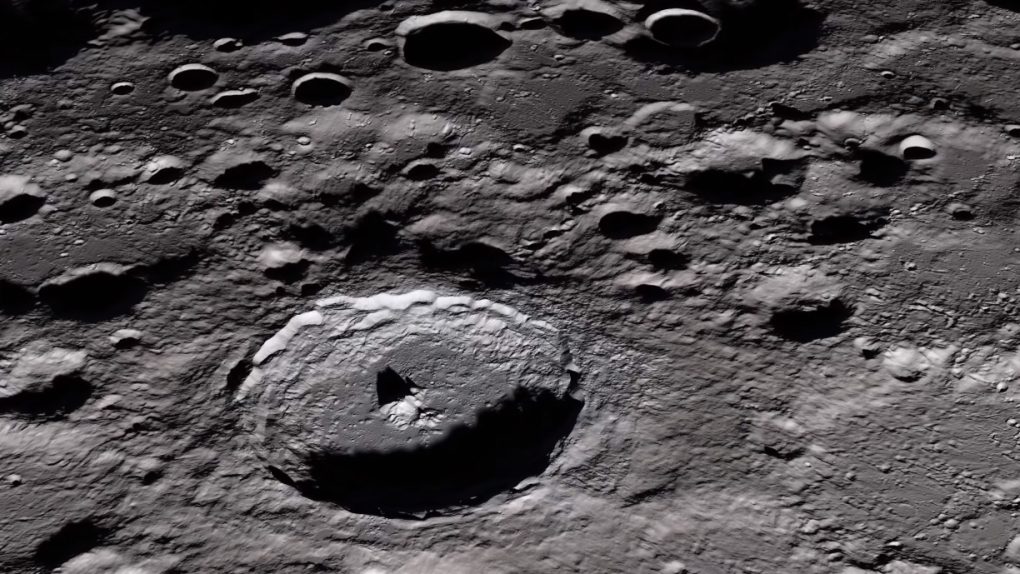- Researchers from the German Aerospace Center say they’ve developed a new numerical model that suggests the Moon is a bit younger than anyone thought.
- The scientists say the assumed age of the Moon is off by nearly 100 million years.
- Missions to the Moon in the coming years could reveal more about its age and formation.
Determining the age of the Moon is a puzzle that many scientists have tried to solve over the years. Learning the age of the Moon can tell us some things about Earth as well, and perhaps even offer clues as to how Earth’s only large natural satellite was created. Now, researchers from the German Aerospace Center say they developed a new numerical model that suggests the Moon is about 85 million years younger than was previously thought.
The research, which was published in Science Advances, suggests that the Moon was created when the Earth was impacted by a large body. The debris ejected from the young Earth and the object that smashes into it coalesced to form the Moon, which at that point was covered in an ocean of liquid rock stretching over 600 miles deep.
Based on the team’s models, the Moon’s history began when a “protoplanet” the size of Mars collided with a young Earth. Its formation, its massive magma ocean, and subsequent cooling were estimated to have begun around 4.51 billion years ago. This new calculation tweaks that a bit, suggesting the Moon is a mere 4.425 billion years old.
Now, that might not seem like an important distinction, but the more accurate our estimates of the age of the Moon are, the more accurate the story of the beginnings of Earth becomes. We assume that much of the Moon is made up of Earthly material mixed with debris from the object that crashed into our planet, creating a sort of hybrid between the two objects which boiled for hundreds of millions of years before eventually cooling.
“The results of our latest modeling suggest that the young Earth was hit by a protoplanet some 140 million years after the birth of the Solar System 4.567 billion years ago,” Maxime Maurice, lead author of the research, said in a statement. “According to our calculations, this happened 4.425 billion years ago – with an uncertainty of 25 million years – and the Moon was born.”
The researchers call the impact between Earth and the protoplanet “a planetary bullseye,” and suggest that Theia — the name given to the object that smashed into Earth but no longer exists — produced such a violent collision that it was able to form an entirely new body.
“In the early days of the Solar System, there would have been many bodies of this kind,” the researchers write. “Some were ejected from the Solar System, while others were destroyed by collisions with other bodies. Theia, however, hit Earth and caused the ejection of such a large amount of material from the planet’s mantle that the Moon was able to form from it. During this violent impact, a several thousand kilometre deep magma ocean of glowing hot, molten rock formed. Today, no traces of Theia remain following this collision.”
New missions to the Moon are on the horizon, and taking new samples of the lunar surface could reveal more tantalizing details regarding its age and when it formed.








